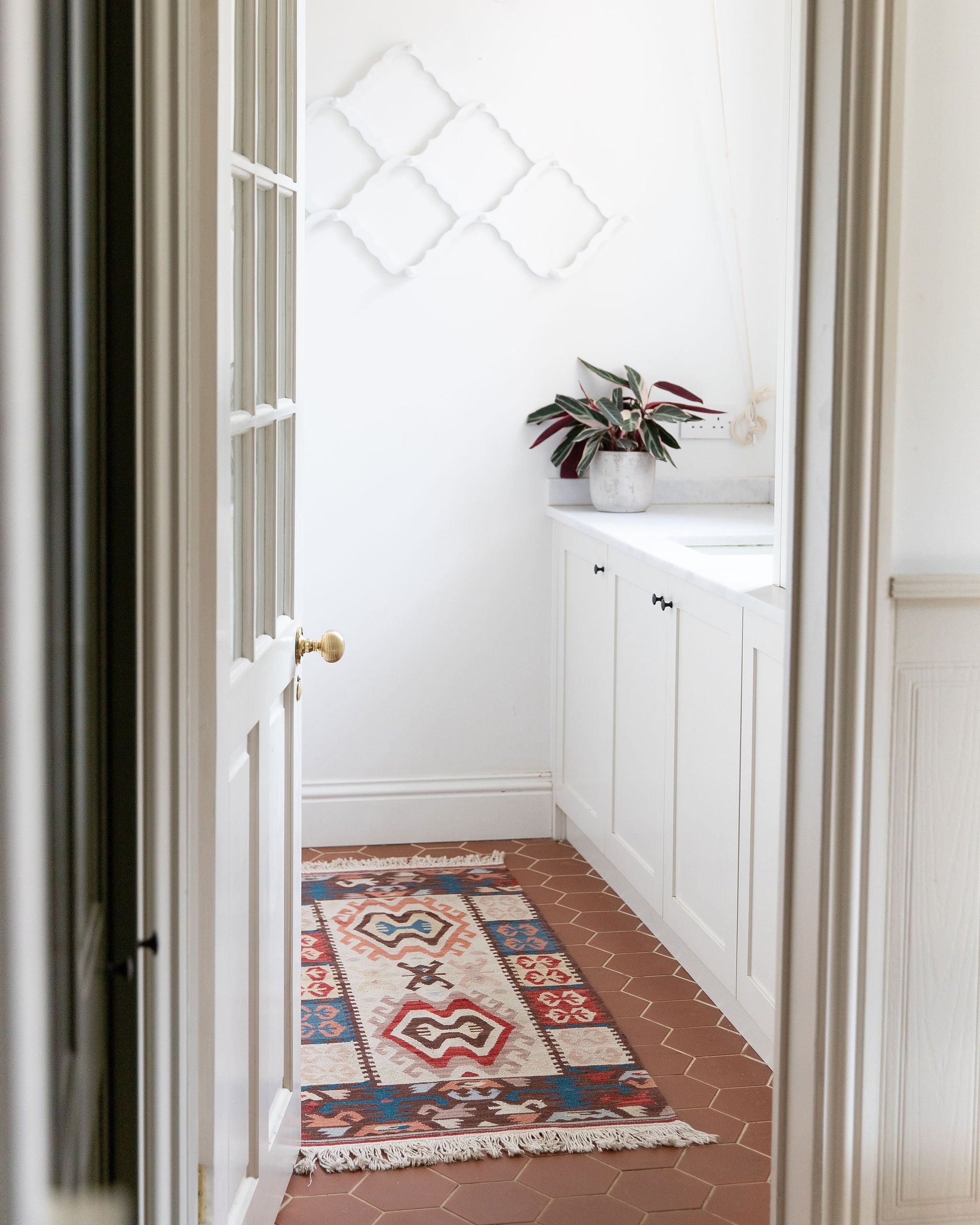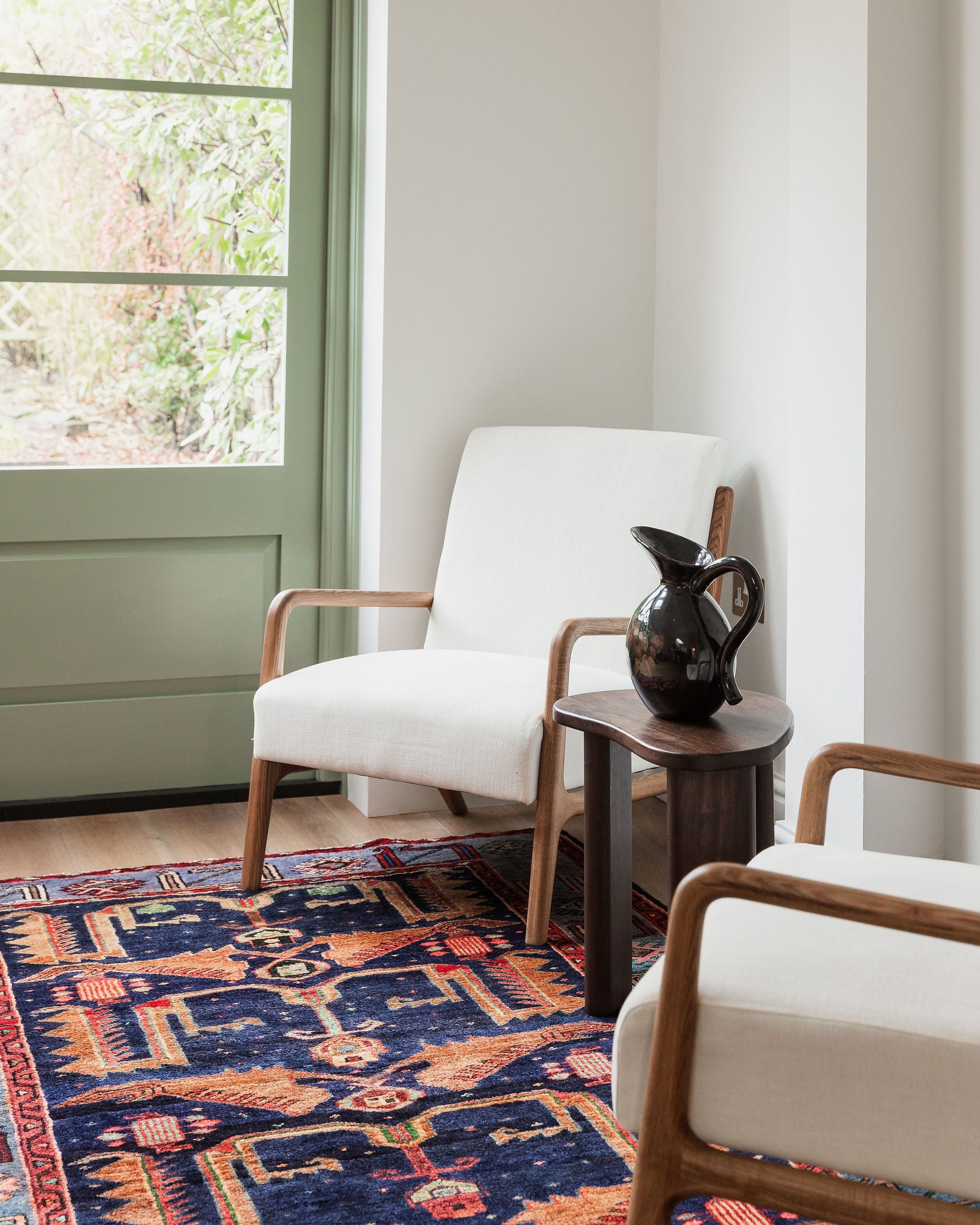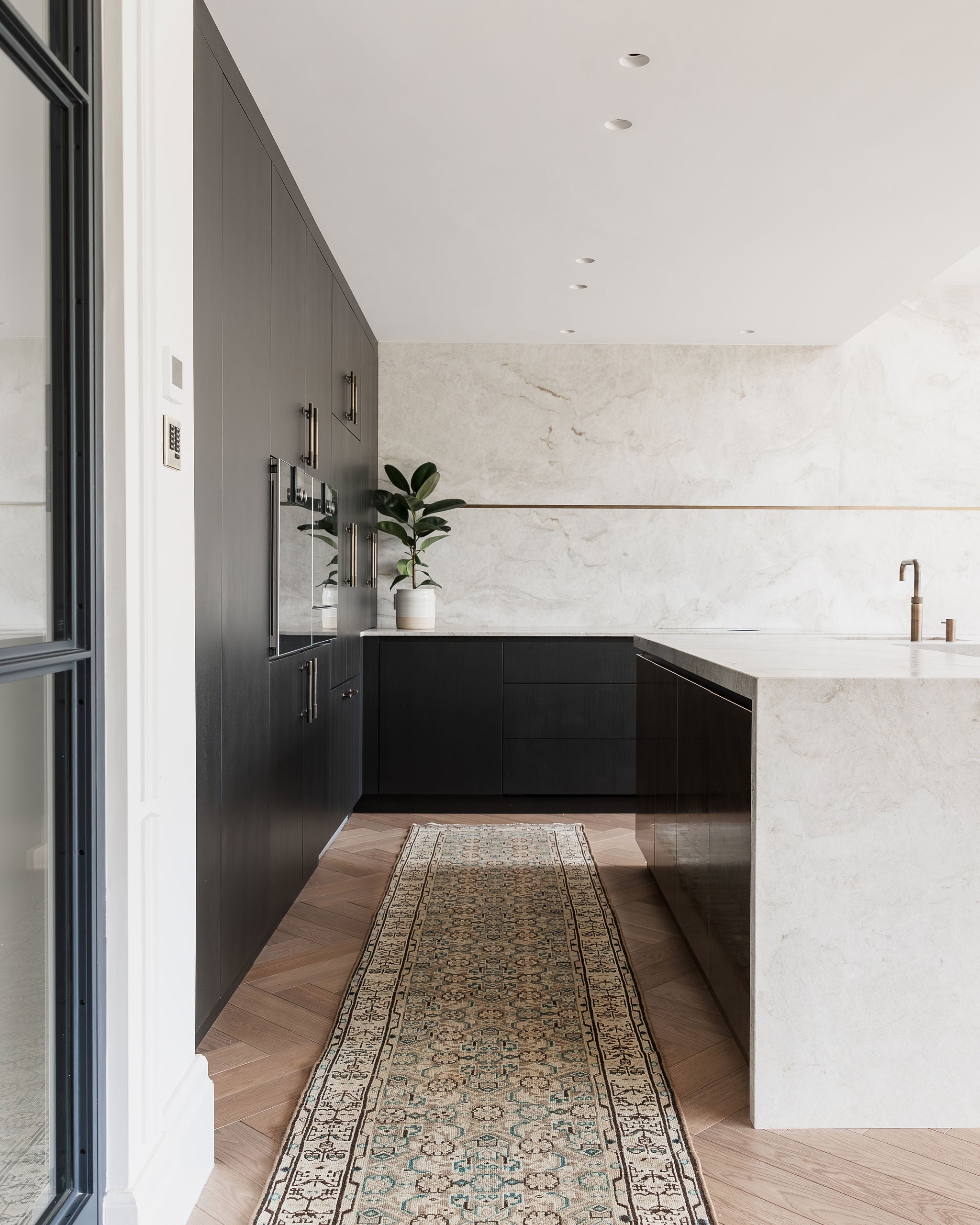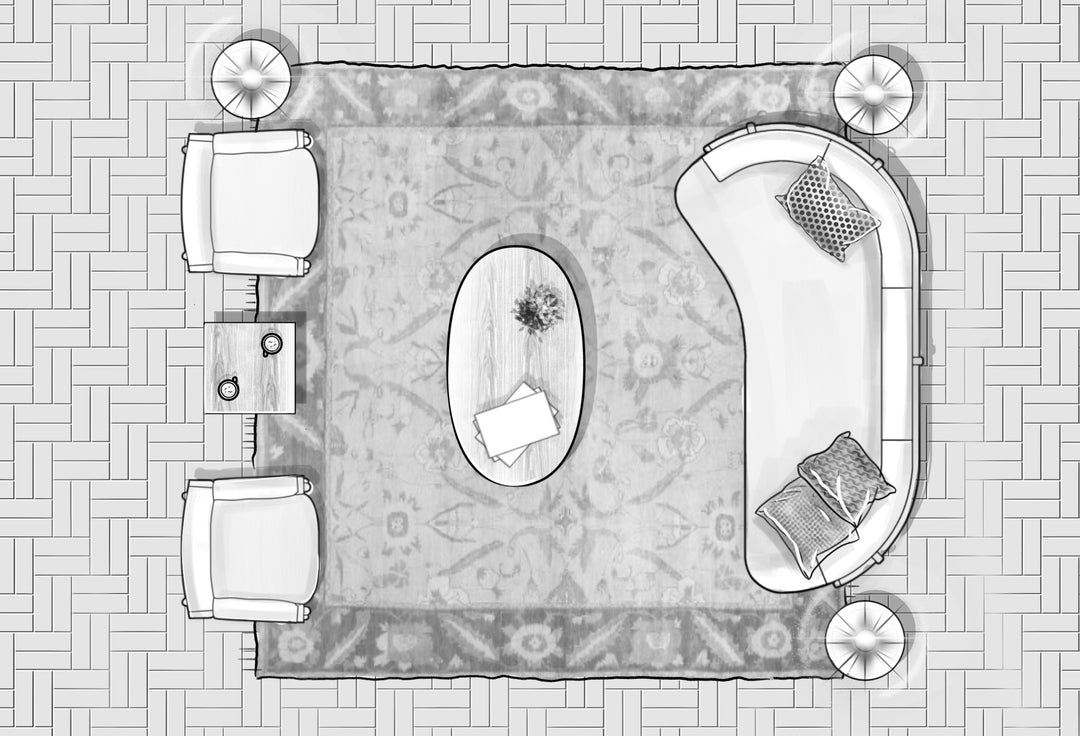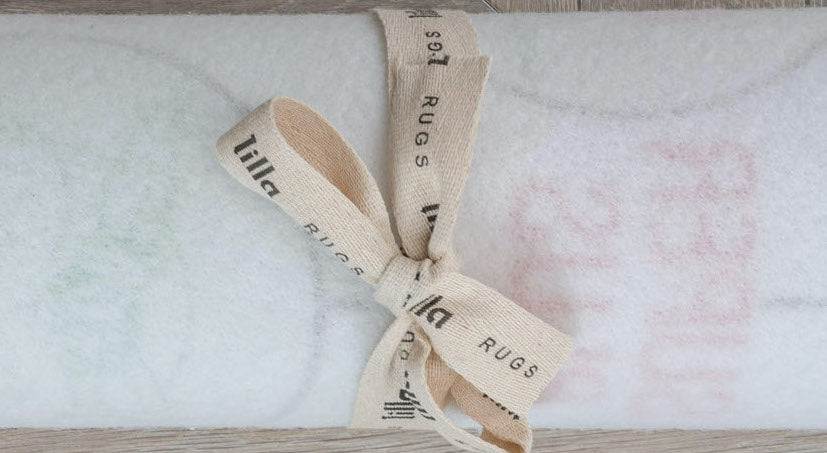Spotlight: Persian Tabriz Rugs
Persian rugs have a rich and fascinating history that spans centuries, with each region of Iran contributing its own unique style and techniques. Among the renowned Persian rug varieties, Tabriz rugs stand out for their exceptional craftsmanship, intricate designs, and historical significance. In this blog post, we will delve into the captivating history of Persian Tabriz rugs, exploring their origins, evolution, and enduring appeal.

Featuring: TRIXIE
Origins and Early Development:
The city of Tabriz, located in northwestern Iran, has been a center of rug weaving for centuries. The roots of Tabriz rugs can be traced back to the 9th century, during the reign of the Abbasid Caliphate. It was during this period that Tabriz emerged as a prominent hub of Persian rug production, attracting skilled artisans from various regions.
Influences and Artistic Traditions:
Tabriz rugs draw inspiration from a variety of artistic and cultural influences. Over the centuries, Tabriz has been a melting pot of Persian, Turkish, Caucasian, and Arab artistic traditions, resulting in a fusion of styles and motifs. The intricate designs of Tabriz rugs often incorporate floral patterns, geometric motifs, arabesques, medallions, and pictorial scenes.

Featuring: TIGGY, FANG, TAIPEI.
Royal Patronage and Renaissance:
During the Safavid dynasty (1501-1736), Tabriz experienced a renaissance in rug weaving under royal patronage. The Safavid kings, recognizing the artistic prowess of Tabriz weavers, commissioned exquisite rugs for their palaces, mosques, and courts. This period marked a golden age for Tabriz rugs, with master weavers creating masterpieces that showcased the height of Persian carpet craftsmanship.
Influence on European Courts:
Tabriz rugs gained widespread recognition and admiration beyond the borders of Persia. European merchants and diplomats who encountered these luxurious carpets during the Renaissance period were captivated by their beauty and quality. Tabriz rugs found their way into the collections of European nobility and aristocracy, including the courts of England, France, and Austria.
Revival and Modernisation:
Like many traditional art forms, Tabriz rug weaving faced challenges during the 19th and early 20th centuries due to industrialisation and changing tastes. However, a revival occurred in the mid-20th century, as the demand for handmade rugs grew and traditional weaving techniques were preserved. Today, Tabriz rugs continue to be produced using honoured methods, often incorporating both traditional and contemporary designs.
Characteristics and Techniques:
Tabriz rugs are renowned for their exceptional quality and craftsmanship. Skilled weavers use high-quality wool, cotton and often silk to create intricate designs with exceptional clarity and precision. Natural dyes are often used to achieve rich, vibrant colours that age beautifully over time.
Collecting and Appreciating Tabriz Rugs:
Tabriz rugs are highly sought after by collectors, interior designers, and rug enthusiasts around the world. Their timeless beauty, exquisite craftsmanship, and historical significance make them prized possessions. When collecting Tabriz rugs, factors to consider include design, age, condition, and the reputation of the rug's weaver or workshop.
The history of Persian Tabriz rugs reflects the enduring artistry and craftsmanship of the Iranian people. From their early origins to their influence on European courts and their modern-day revival, Tabriz rugs continue to be treasured for their exquisite designs and exceptional quality. Owning a Tabriz rug is not just acquiring a piece of floor covering but also becoming a custodian of a remarkable cultural heritage that has spanned centuries.
Shop our Tabriz rugs here.


